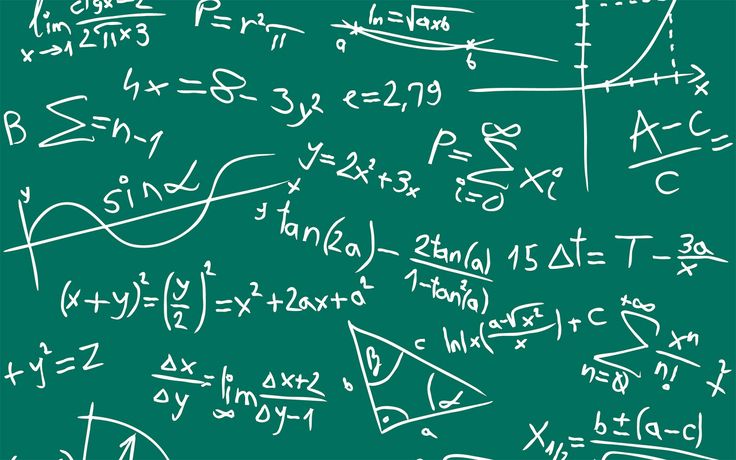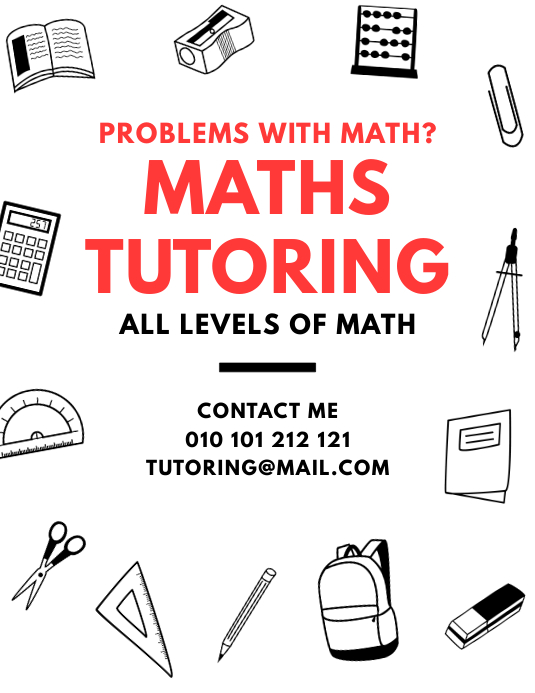The Necessary Overview to Recognizing Russian Mathematics and Its Advantages
The expedition of Russian Mathematics offers an engaging choice to traditional academic methods, focusing on vital thinking and problem-solving as core components of mathematical learning. This strategy, rooted in the Soviet instructional system, has amassed focus for its capability to cultivate resilience and adaptability in students. As we examine the basic concepts and teaching strategies fundamental in Russian Mathematics, it becomes noticeable that its one-of-a-kind structure provides significant benefits. Understanding its real-world applications might expose even much deeper ramifications for the future of education and specialist proficiencies.
What Is Russian Mathematics?
Russian Math, usually defined by its focus on crucial and analytic thinking, describes an unique instructional strategy to mathematics that come from the Soviet Union. This educational framework is differentiated by its concentrate on developing deep mathematical understanding instead of rote memorization of formulas and treatments. The method urges trainees to engage with mathematical ideas via exploration and query, promoting a setting where students are motivated to find solutions independently.

This technique not just enhances mathematical capabilities yet also grows a state of mind tailored towards logical thinking, which is appropriate in a large range of techniques. Russian Math has gathered focus internationally, with parents and teachers looking for to embrace its principles to improve mathematical education and learning and develop vital thinkers outfitted for future challenges.
Key Principles of Russian Mathematics
Central to the performance of the Russian Math technique are numerous vital concepts that differentiate it from standard mathematical direction. One of these concepts is the emphasis on problem-solving as a primary method of knowing. Students engage with complicated, flexible issues that call for critical thinking and innovative services, fostering a deep understanding of mathematical ideas.
An additional essential principle is the integration of various mathematical disciplines. Russian Mathematics urges links in between geometry, calculus, and algebra, enabling trainees to see the connections among different areas of math. This all natural sight advertises adaptability in applying mathematical understanding to real-world situations.
Additionally, the curriculum focuses on mental math and estimate abilities, which grow mathematical fluency and encourage pupils to discover several approaches for coming to a service. This contrasts with rote memorization, permitting learners to develop a solid intuitive grasp of mathematical concepts.
Benefits for Pupils
The unique concepts of the Russian Mathematics approach produce a multitude of advantages for pupils, improving their total mathematical proficiency and cognitive skills. By involving in analytical jobs that require logical and innovative thinking, students discover to come close to mathematical obstacles from various angles.
Furthermore, Russian Mathematics encourages a strong structure in number feeling, which is essential for future academic success. With a concentrate on mental computations and estimate strategies, students become skilled at assessing the reasonableness of their responses and identifying patterns. This fundamental expertise translates into improved performance across all areas of mathematics.
Additionally, the collective understanding setting in Russian Mathematics classes promotes effective communication and teamwork. Students learn to articulate their believed processes clearly and to appreciate diverse perspectives, enhancing their social skills together with their academic ones. Eventually, the benefits of Russian Math expand past mathematics, furnishing students with crucial life abilities such as durability, determination, and a growth frame of mind, which are indispensable in their academic journeys and future endeavors.
Teaching Approaches and Approaches
Highlighting energetic interaction, the teaching approaches and methods employed in Russian Mathematics promote a rich learning setting where students proactively join their own mathematical advancement. Central to this method is using problem-solving jobs that challenge pupils to think seriously and artistically. These jobs are commonly presented in a joint format, urging peer discussion and expedition of diverse approaches.
Direction is typically structured around a discovery-based design, where students are assisted to discover mathematical principles with hands-on tasks and real-world applications. This technique supports a deep understanding of mathematical principles instead of rote memorization. Teachers play an important role as facilitators, triggering questions and directing students in their expedition instead than simply providing web content.

Real-World Applications

In various fields such as engineering, financing, and modern technology, the analytical abilities honed through Russian Mathematics work as invaluable tools. As an example, students discover to approach complex problems methodically, breaking them down into workable parts-- a necessary ability in job administration and data analysis - Russian Math Tutor.
Furthermore, the focus on logical thinking cultivates an attitude helpful to innovation and creative thinking. Pupils are prepared to deal with real-world issues, from optimizing manufacturing processes to analyzing market fads.
Furthermore, the collective aspects of Russian Mathematics, commonly carried out through team analytical, mirror the teamwork called for in expert environments. This prepares trainees to successfully interact and collaborate, boosting their employability in a competitive work market.
Eventually, the real-world applications of Russian Math give trainees with a durable framework for not simply academic success, but also for flourishing in numerous expert landscapes.
Conclusion
In conclusion, Russian Math represents a get more transformative instructional approach that prioritizes analytical and important thinking. Eventually, the concepts and techniques of Russian Math add substantially to the growth of innovative and resistant thinkers.
In Russian Math, the curriculum is designed to challenge students at various degrees, advertising innovative analytical skills and rational reasoning. Russian Math encourages links in between geometry, algebra, and calculus, enabling trainees to see the connections among different areas of mathematics.The find out here distinct principles of the Russian Math strategy generate a plethora of advantages for trainees, enhancing their overall mathematical effectiveness and cognitive abilities. Inevitably, the advantages of Russian Math extend past maths, gearing up students with essential life a fantastic read skills such as strength, willpower, and a growth frame of mind, which are important in their future endeavors and instructional journeys.
Emphasizing energetic interaction, the training techniques and techniques used in Russian Math foster a rich learning environment where trainees actively take part in their own mathematical growth. (Russian Math Tutor)